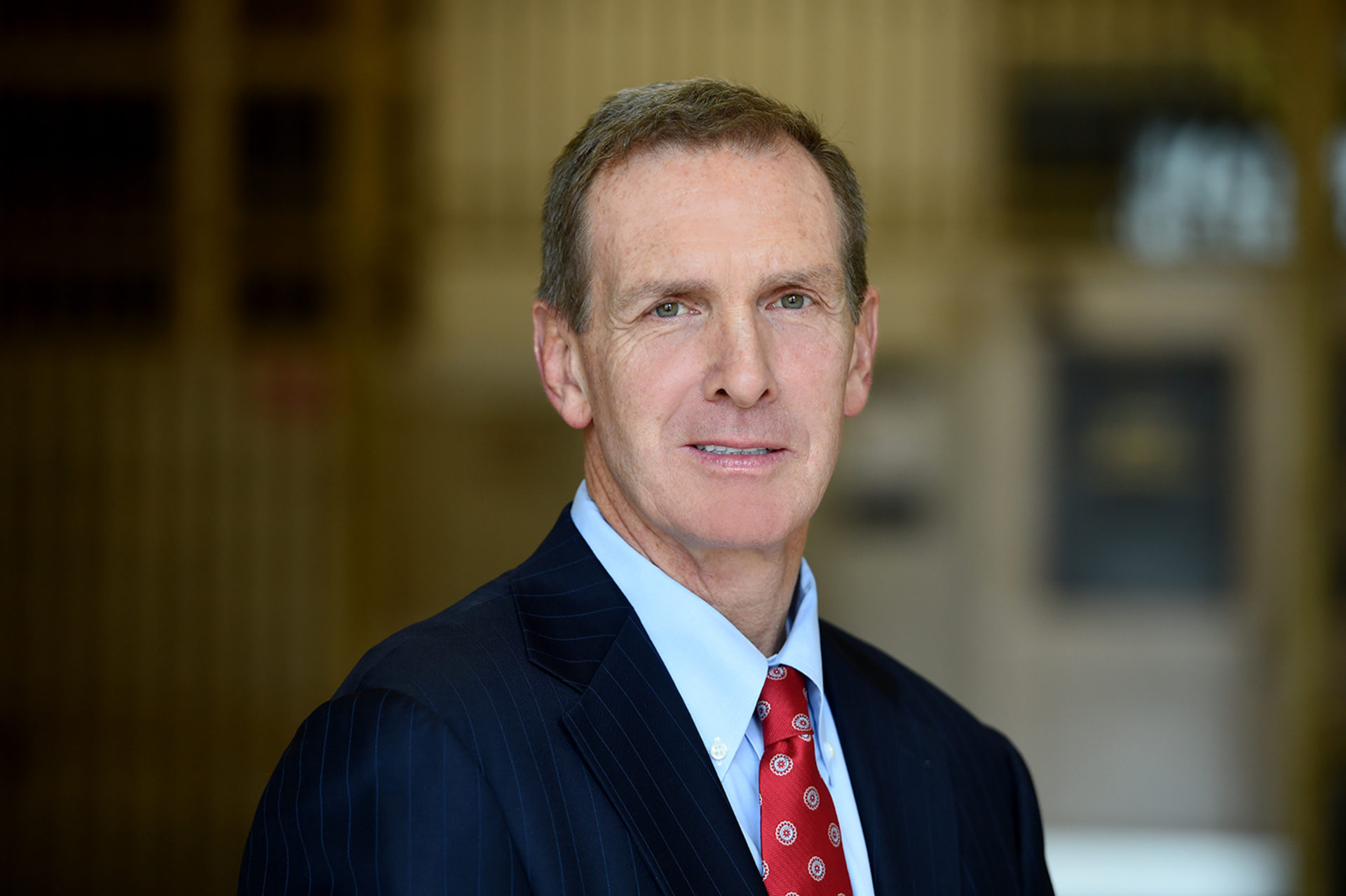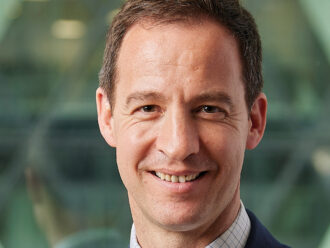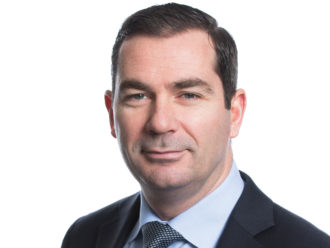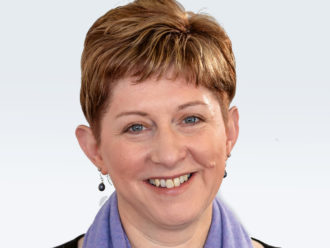As well as being chief investment officer of the New York City Retirement System (NYCRS), you are deputy comptroller for asset management. What are your responsibilities in that role?
Deputy comptroller means I’m an unelected official reporting to Brad Lander, the comptroller of New York City, a person I would say is a wonderful leader who cares about the people of New York City.
The main aspect of my role is being the chief investment officer for the Bureau of Asset Management, a division within the comptroller’s office which oversees the pension investments.
What is the investment approach of NYCRS?
It has five schemes. Alongside the New York City Employees’ Retirement System, there are plans for the city’s teachers, police officers, fire fighters and educational workers.
Each plan has its own asset allocation strategy, investment policy and board of trustees, who are ultimately the fiduciary of the plans. It is my role, as chief investment officer, to support them. We bring the whole Bureau of Asset Management to assist the trustees. It is about engaging with them on their priorities, helping them make the best decisions and address their concerns. We then make recommendations to the five different plans.
The assets under management for all the plans total $242bn (£199bn). And there is a big difference in the size of each plan. The largest, the teachers, is $100bn (£82.3bn) and second to that is the plan for city employees at $75bn (£61.7bn). This is followed by the $46bn (£38bn) fund for the police, the fire fund at $17bn (£14bn) and then the smallest is for the board of education at $8bn (£6.5bn).
These funds are invested with a diverse set of asset managers. The investment percentage break down is typically around 44% in public equities, 25% in fixed income, nearly 10% in private equity, 9% in alternative credit and 7% in private real estate. The rest is in infrastructure, hedge funds and cash.
Yet each plan is nuanced, with slightly different asset allocations. For example, only two of the five plans invest in hedge funds and two in convertible bonds. They also serve different tweaks in terms of private market exposure.
Inflation is
going to be
more persistent.
Overseeing five pension plans sounds like a lot of responsibility?
I’m supported by 130 investment professionals within the Bureau of Asset Management. I’m well supported by a great team.
What stands out in your portfolio?
We are pleased with the performance of private assets. Perhaps in the next 12 to 24 months we will have more public equity than private equity with less leverage, given that the cost of borrowing has gone up. Perhaps this is an opportunity to re-leverage when interest rates normalise.
Some of our private assets, such as core real estate and infrastructure, are good hedges for inflation and continue to generate positive returns.
Are you achieving your investment objective of 7%?
Last year was challenging. We were unable to achieve those returns. It was an unusual year with a significant sell-off in equity and fixed income, but things have become a lot cheaper. And importantly, the pension funds remain well funded relative to their obligations. In 2021, for example, we saw returns top 25%.
So, how did you fare in the tumultuous market conditions of 2022?
Across all five pension funds, we saw an investment return of -8.65%. What was most challenging about last year is we did not have the usual ballast benefit in the diversification between bonds and equities. The traditional 60/40 portfolio is down 16%, year to date, but we are positioned to weather market volatility over the long term.
Going forward, we are looking at inflation sticking at 4% to 5%, which means the Fed is going to have to be more restrictive for a longer period than the market is pricing in.
What do you think about the Fed’s performance?
The Fed was late [on rates] and they underestimated the inflationary pressures and the persistent nature of those pressures on the economy. They recognise that they were late and have now acted aggressively. What they are trying to do is slow the economy, reduce inflation, address the labour shortage and restore the balance in the economy, which is hard thing to do.
So, you see the inflationary picture as problematic?
Inflation is going to be more persistent. Looking back at the global financial crisis, the main concern was operating in a disinflationary environment, with the Fed having a 2% inflation target and coming in south of that. Climate change is going to be expensive. Then there is the issue of demographics in the United States. A lot of people are retiring, a lot of people are leaving the job market. These are going to be big challenges for the US economy for years to come.
How would you describe your investment approach?
We are disciplined, long-term investors. We don’t overreact to headline risk. We are not nimble by design. We have a thoughtful approach to asset allocation, looking at it every three to five years.
My role is to think longer term – seven to 10 years out. What are the implications of climate change? What are the implications of inflation? What are the implications of monetary policy, here and abroad, on certain sectors? We have to position ourselves around all of that. I also look at issues around supply chain management, which are inflationary.
How important is ESG within your portfolio?
It is really important. In the climate space, you need to be aware of some real risks. Physical locations, for example, so look at your properties.
Mitigating some of the risks connected with climate change is going to be expensive, which will, of course, be inflationary.
So “greenflation” could be a problem?
Yeah, but we are making some good strides by investing in alternative energy sources – in the equity space as well as in private equity and infrastructure. So, as a global economy, we are making headway.
Climate change is going to be
expensive.
How do you see your investments developing over the next year and beyond?
A new law just passed by the Governor of New York gives us an opportunity to allocate a higher level of assets to private markets. We have a 25% cap, but with the new legislation, that could increase to 35%.
This permits us to make investments in a more complex landscape and allow for better diversification of investments between public and private markets.
Could you tell me about your commitment to invest with minority and women-owned investment (MWBE) firms?
Diversity, equity and inclusion are important. Our five plans have $16.8bn (£13.8bn) invested with or committed to MWBE managers. Those investments amount to 11.6% of US-based actively managed assets, or around 7% of total assets under management.
Since you took over in the summer of 2022, what has been your biggest priority?
Learning the processes, getting to know and understand the portfolios and meeting the wide range of people I needed to meet.
How did you view the liquidity issues faced by UK defined benefit schemes using liability-driven investing strategies?
It was interesting what happened in the UK. It was based on [Liz Truss’] ill-conceived policy of using taxes and increasing spending, which had a negative impact on the gilt market.
One of the lessons I take away from that is liquidity is a precious commodity. One that can be here today, gone tomorrow. As an institutional investor, we need to be aware of that, so we are never in a position of being forced sellers of a less than liquid asset.
The concern that we all have as investors is that the gilt market is highly liquid and stable, but for a short period of time until the Bank of England stepped in it wasn’t. That was a challenge.
What has been the biggest challenge you have faced during your career as a professional investor?
There was a time during the global financial crisis at State Street where we were tested. We had investment committee meetings every day to go through the $2.3trn (£1.9trn) in assets we had in our portfolios.
The lessons I learned from that period I have carried with me: of being thoughtful, consistent, disciplined and risk aware. Realising the true risks embedded in asset classes from that time helped to sharpen my skills.
So that experience has been crucial in shaping your outlook?
I have been in the industry for 38 years, so I had a great deal of capital market exposure before moving into asset management. One of the unique things about my career is that beyond the investment side, there’s a lot of engagement in this position, which is big part of the fun.
The trustees, the different personalities, the different way of looking at risk and making decisions and getting round to see all the five plans is a great deal of fun. It has also been an incredible learning curve. You never stop learning. It has been a real thrill and privilege to sit in this seat.
Is there one important lesson you carry with you from the past 38 years?
I would say the importance of liquidity – if you get that wrong it is significant. Second would be counterparty credit exposure.
Coming through the global financial crisis you saw all manner of what had once been investment-grade entities in severe distress. Dealing with that was a real challenge.
STEVEN MEIER’S CV
August 2022 – present
Chief investment officer
The New York City Retirement System
August 2021 – August 2022
Board trustee
Six Circles Trust (JP Morgan)
January 2021 – September 2021
Interim chief investment officer
State of Connecticut Office of the
Treasurer Pension and Trust Fund
Management
December 2019 – January 2021
Assistant treasurer/senior principal
investment officer
State of Connecticut Office of the
Treasurer
June 2013 – April 2017
Chief investment officer, global
fixed income, currency and cash
State Street Global Advisors
September 2003 – June 2013
Chief investment officer, global cash
management
State Street Global Advisors
September 1999 – August 2003
Head of fixed income sales and trading
State Street Global Markets
March 1997 – February 1999
Global head of fixed income and
money market electronic trading
Senior trader–Global Financing Group
Credit Suisse First Boston






Comments